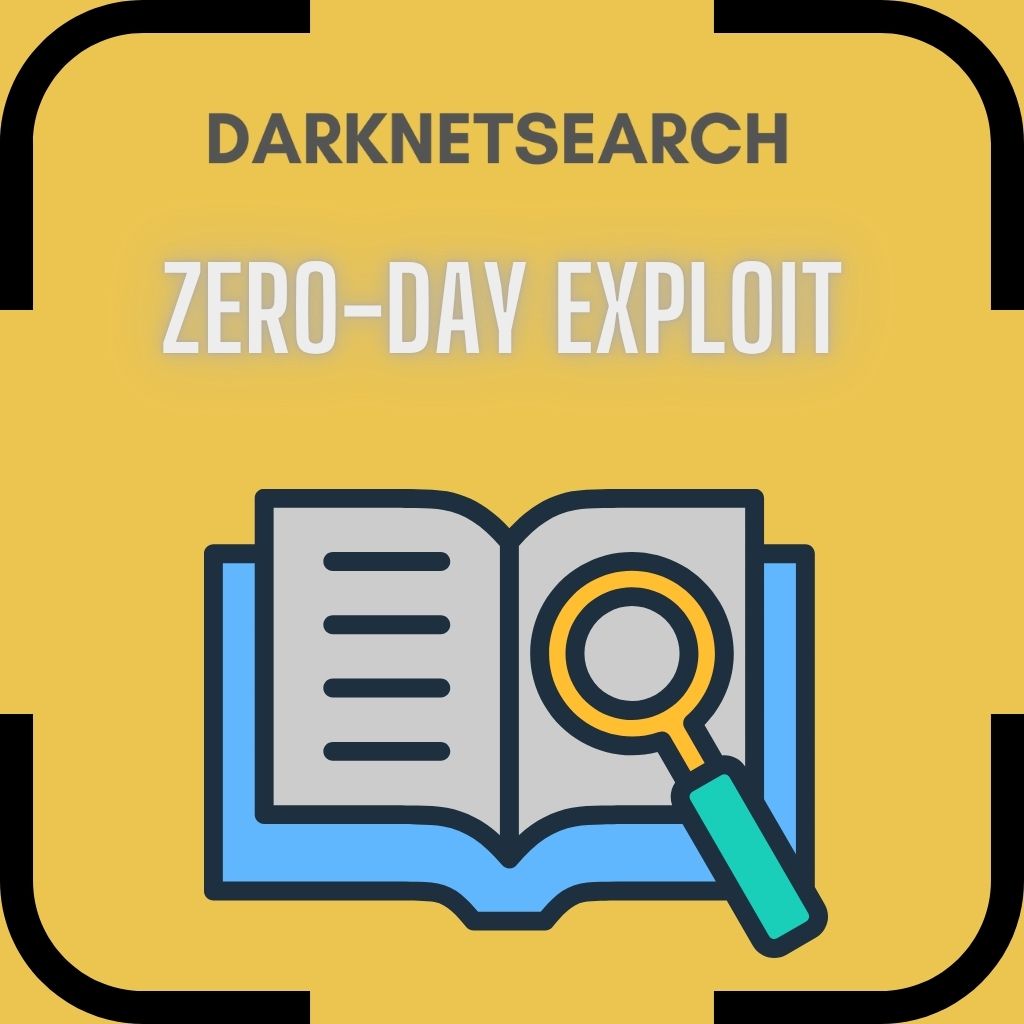➤Summary
In the fast-evolving world of cybersecurity, one of the most feared and misunderstood concepts is the zero-day exploit. But what is a zero-day exploit exactly? In simple terms, it’s a cyberattack that targets a previously unknown vulnerability before developers can fix it. 🧠
These attacks are especially dangerous because they strike before anyone even knows the weakness exists. Hackers exploit the “zero-day” window — the period between the discovery of the flaw and the release of a patch — to infiltrate systems, steal data, or deploy malware. In today’s connected world, zero-day vulnerabilities can impact everything from personal computers to national infrastructure.
Let’s dive deep into what zero-day exploits are, how they work, and how you can protect your organization from them.
What is a Zero-Day Exploit?
A zero-day exploit refers to an attack that leverages an unknown software or hardware vulnerability — a flaw that neither the vendor nor the public knows about. Since the vulnerability hasn’t been patched, attackers have a “zero-day” advantage to exploit it before anyone can defend against it.
In cybersecurity, there are three key terms to remember:
-
Zero-day vulnerability: The unknown flaw in the software.
-
Zero-day exploit: The code or technique hackers use to attack it.
-
Zero-day attack: The actual incident where the exploit is used.
💡 Example: A hacker finds a security hole in a popular browser like Chrome. Before Google discovers and fixes it, the hacker uses that flaw to inject malicious code into users’ devices. That’s a zero-day exploit in action.
How Do Zero-Day Exploits Work?
Zero-day exploits follow a lifecycle — from discovery to exploitation to detection. Understanding this process helps organizations identify weak points and strengthen defenses.
-
Discovery: Hackers or researchers find a vulnerability in software or firmware.
-
Development: Cybercriminals create an exploit — a piece of malicious code or technique that triggers the flaw.
-
Delivery: The exploit is distributed, often through phishing emails, malicious websites, or infected updates.
-
Execution: Once executed, it installs malware, exfiltrates data, or gives remote control to attackers.
-
Detection & Patch: The software vendor discovers the flaw and releases an update — but by then, the damage might already be done.
🔍 Fun fact: On average, it takes companies over 200 days to detect a zero-day attack — giving hackers months to operate unnoticed.
Why Zero-Day Exploits Are So Dangerous
The biggest threat posed by zero-day exploits is the element of surprise. Since the vulnerability is unknown, no antivirus or firewall can detect or stop it immediately.
Key reasons why zero-day exploits are so risky:
-
No defense available: Security tools don’t yet recognize the attack signature.
-
High black-market value: Zero-day exploits are often sold for thousands (or millions) on dark web marketplaces. 💰
-
Targets critical systems: Governments, financial institutions, and tech companies are prime targets.
-
Can trigger large-scale damage: One zero-day exploit can lead to massive ransomware outbreaks or espionage operations.
🚨 In short: A single unpatched vulnerability can compromise an entire network — and most organizations never see it coming.
Famous Examples of Zero-Day Attacks
To truly understand the power of these exploits, let’s look at some of the most infamous zero-day attacks in history:
-
Stuxnet (2010): A sophisticated worm targeting Iranian nuclear facilities, exploiting four separate zero-day vulnerabilities in Windows.
-
Sony Pictures Hack (2014): Attackers used multiple zero-day exploits to steal sensitive data and unreleased films.
-
Google Chrome Zero-Day (2022): Google patched seven zero-day vulnerabilities in the same year — some used by state-backed hackers.
-
MOVEit Vulnerability (2023): Exploited in large-scale ransomware campaigns, affecting hundreds of organizations worldwide.
🧩 These incidents show how zero-day exploits can impact even the most secure organizations — and why constant vigilance is essential.
Zero-Day Exploits and the Dark Web Connection
Many zero-day exploits end up on the dark web, where cybercriminals sell or trade them for profit. Darknet marketplaces offer exclusive access to private exploit kits and vulnerabilities that haven’t yet been disclosed publicly.
Platforms like DarknetSearch monitor these hidden networks to identify leaked credentials, vulnerabilities, and emerging zero-day discussions. By tracking hacker forums in real time, businesses can detect potential attacks before they occur. 🕵️
This form of dark web intelligence is critical for organizations that want to protect their assets against advanced, undiscovered threats.
How Security Researchers Handle Zero-Day Vulnerabilities
Not all zero-days are discovered by criminals. Ethical hackers and security researchers often find vulnerabilities through bug bounty programs and report them responsibly.
This process is known as responsible disclosure:
-
Researcher privately informs the vendor of the vulnerability.
-
The vendor verifies and develops a patch.
-
After release, details of the flaw may be published to improve awareness.
🎯 Goal: Fix the issue before attackers can exploit it.
Well-known organizations like Google, Microsoft, and Apple run continuous bounty programs, offering financial rewards to researchers who report zero-days responsibly — often paying up to $200,000 or more per discovery.
How to Protect Against Zero-Day Exploits
While you can’t predict the next zero-day, you can build resilience against them. Here are the most effective protection measures:
1. Keep software up to date
Regularly applying patches and updates is your first line of defense. Many exploits target old versions of software.
2. Use threat intelligence platforms
Services of dark web monitoring provide real-time alerts about new vulnerabilities or exploit chatter on the dark web.
3. Implement endpoint detection and response (EDR)
EDR solutions analyze behavior patterns instead of signatures, helping detect suspicious activity from unknown threats.
4. Segment your network
Limit the spread of potential breaches by isolating systems — especially critical infrastructure.
5. Conduct regular penetration testing
Simulate attacks to identify weak points before hackers do.
6. Train employees
Human error is often the weakest link. Cybersecurity awareness programs can reduce phishing-related exploit deliveries.
💡 Pro tip: Combine preventive measures with continuous monitoring, ensuring that even if an exploit occurs, you can detect and contain it quickly.
The Role of AI in Detecting Zero-Day Threats 🤖
Artificial Intelligence is revolutionizing the fight against zero-day vulnerabilities. Unlike traditional tools, AI-powered systems analyze network traffic, user behavior, and anomalies to detect previously unseen threats.
Examples of AI-based protection:
-
Behavioral analytics: Detects deviations from normal system activity.
-
Automated patching: Suggests or applies updates in real time.
-
Predictive models: Anticipate exploit trends based on hacker communication patterns.
As AI evolves, it’s expected to shorten detection times from months to minutes — a critical advancement in cyber threat intelligence.
Practical Checklist for Zero-Day Defense ✅
Here’s a quick checklist to strengthen your defense against zero-day attacks:
| Step | Action | Purpose |
|---|---|---|
| 1 | Update all operating systems and apps regularly | Eliminate known vulnerabilities |
| 2 | Enable behavior-based antivirus & EDR | Detect unknown attacks |
| 3 | Subscribe to dark web intelligence | Identify potential zero-day leaks |
| 4 | Limit user privileges | Reduce impact of exploited accounts |
| 5 | Backup data frequently | Ensure quick recovery post-attack |
| 6 | Review incident response plans | Prepare for emergency mitigation |
📲 Remember: Preparedness is the key to minimizing damage when — not if — a zero-day exploit occurs.
Zero-Day Market: A Hidden Cyber Economy 💰
Zero-day exploits have become a multi-million-dollar underground market. Private brokers and state-sponsored groups often buy and sell these vulnerabilities for espionage or sabotage.
-
Price range: A browser zero-day can fetch up to $1 million on the black market.
-
Buyers: Nation-states, cybercriminal groups, and surveillance firms.
-
Ethical debate: Governments sometimes stockpile zero-days for offensive operations instead of disclosing them — raising global cybersecurity concerns.
🌐 Transparency, regulation, and ethical research are crucial to prevent this gray market from fueling future cyberattacks.
Conclusion
So, what is a zero-day exploit? It’s the ultimate cybersecurity nightmare — an invisible flaw waiting to be weaponized. These exploits remind us that even the most advanced systems have weaknesses, and proactive protection is the only way forward.
By combining real-time threat intelligence, AI-powered monitoring, and strong security hygiene, organizations can detect, mitigate, and survive zero-day attacks.
🧠 Discover much more in our complete guide to cybersecurity and vulnerability management.
🚀 Request a live demo NOW at DarknetSearch.com
Your data might already be exposed. Most companies find out too late. Let ’s change that. Trusted by 100+ security teams.
🚀Ask for a demo NOW →Q: What is dark web monitoring?
A: Dark web monitoring is the process of tracking your organization’s data on hidden networks to detect leaked or stolen information such as passwords, credentials, or sensitive files shared by cybercriminals.
Q: How does dark web monitoring work?
A: Dark web monitoring works by scanning hidden sites and forums in real time to detect mentions of your data, credentials, or company information before cybercriminals can exploit them.
Q: Why use dark web monitoring?
A: Because it alerts you early when your data appears on the dark web, helping prevent breaches, fraud, and reputational damage before they escalate.
Q: Who needs dark web monitoring services?
A: MSSP and any organization that handles sensitive data, valuable assets, or customer information from small businesses to large enterprises benefits from dark web monitoring.
Q: What does it mean if your information is on the dark web?
A: It means your personal or company data has been exposed or stolen and could be used for fraud, identity theft, or unauthorized access immediate action is needed to protect yourselfsssss.

